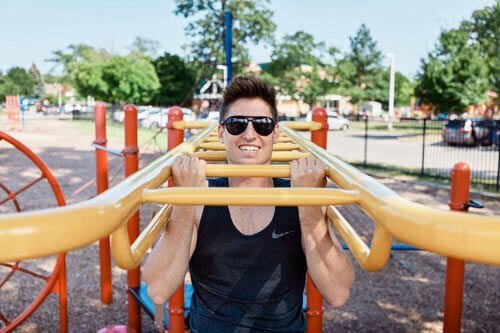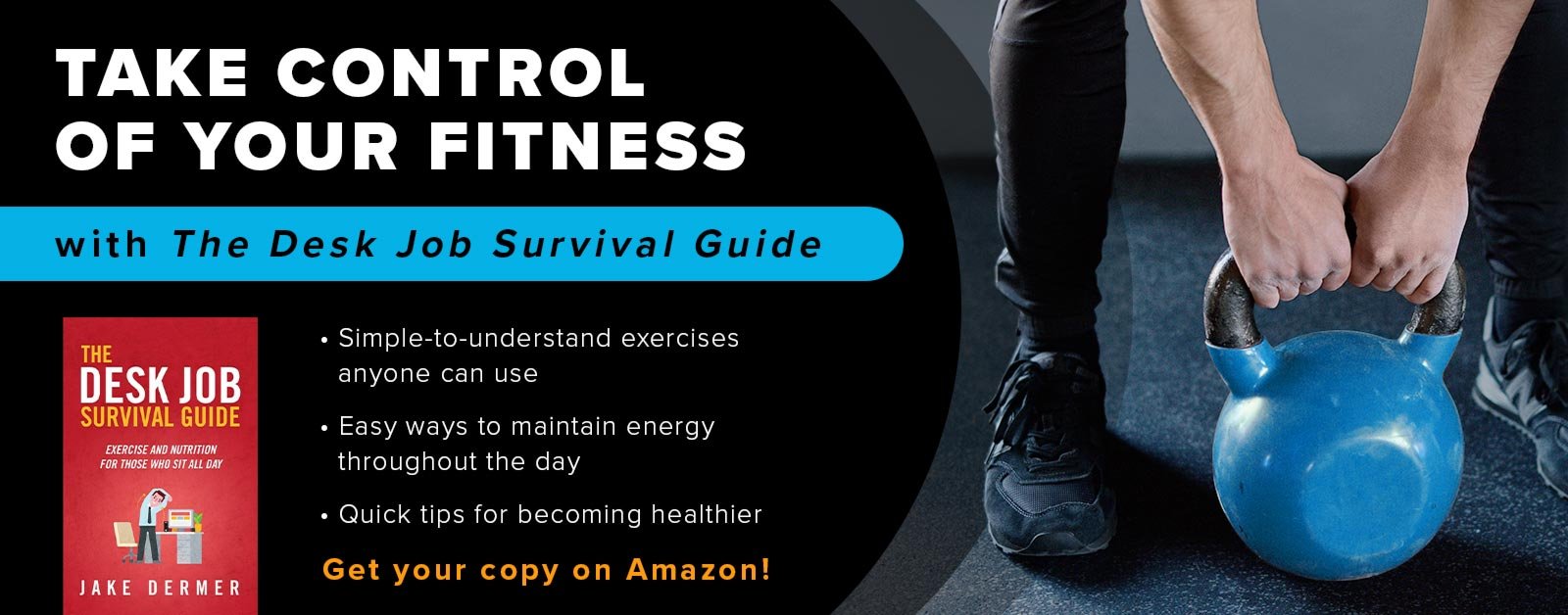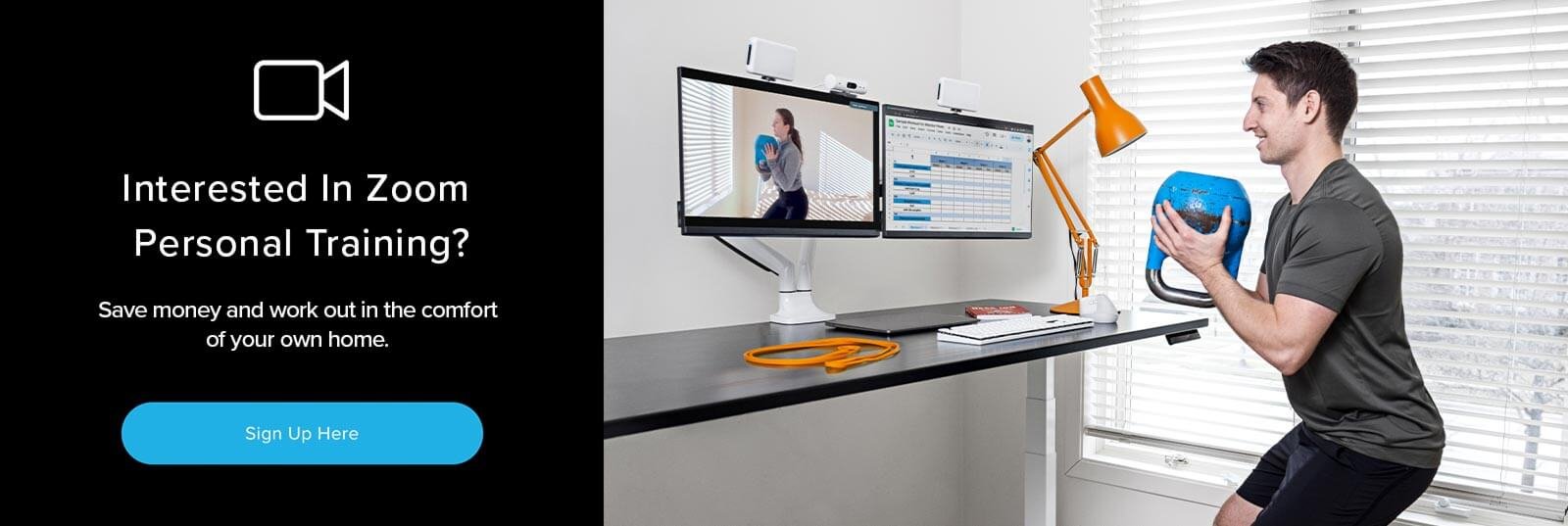Are Push-Ups And Pull-Ups Enough To Build Muscle?
We are all hunting for the most convenient ways to do things, whether it’s instacart-ing your groceries, working from home, or door-dashing your favorite restaurant. Our lives are all about convenience, especially when it comes to exercise.
I’ve mentioned many times on this blog that the best gym is the one that is closest to your house. This means that working out from home, assuming you have the space, is supreme. Unfortunately, thanks largely to the internet and social media, fitness has become overcomplicated. You can find 100 variations of every exercise and thousands of workout plans claiming to be the best. In reality, fitness is quite simple.
Consistently do some physical activity, and gradually increase the difficulty. That’s all it is. No matter what you are into, running, lifting, swimming, or climbing. The activity doesn’t matter, only consistency and progressive overload(increased difficulty).
Lucky for us, we can be consistent and increase the difficulty from the comfort of our homes. So if your goal is to build some sexy upper body muscles, you can accomplish this with just push-ups and pull-ups.
Push-ups and pull-ups are great because they are relatively low impact compared to lifting weights or other more strenuous activities. In addition, bodyweight workouts can be modified to any skill level and can be taught quickly.
How to get started with push-ups and pull-ups?
If you can already do ten push-ups and five pull-ups, skip this section. If not, that is our first goal.
Push-ups can easily be scaled down by simply putting your hands on something higher than the ground. Desk push-ups, couch push-ups, or knee push-ups are all good introductions to this exercise.
In addition, pull-ups can be scaled down as well.
At home, you have a few options, but first, you’ll need a pull-up bar, a door pull-up bar like this is a very inexpensive way to get started. There are certainly cheaper ones than the one I recommended, and go with your price range, but opt for the sturdier, better-constructed bars if you have the funds.
Once you’ve got your pull-up bar set up, you can make a pull-up easier in a few ways:
1. Assisted pull-ups
Grab a resistance band and hook one end to the pull-up bar, then pull it down and step on it for some help with your pull-up - but please be careful.
This setup with an at-home pull-up bar isn’t the safest. A good percentage of workout “fail’ videos on the internet are often made from this particular exercise. You can accidentally step off the band and get a snap in the private parts.
2. Negative pull-ups
Let’s say you can’t do a pull-up yet, but you are strong enough to do a flexed arm hang. Great! You’re ready for negative pull-ups. For this exercise, I strongly suggest stepping off a sturdy stool or chair that would put you at about eye level with the bar. Hold the flexed position for two seconds and then lower yourself as slowly as possible. Gradually increase the lowering time as you become more proficient.
Start with a goal of lowering for three full seconds. Once you can do a ten-second negative, you can do a pull-up.
A word of warning many videos on youtube will suggest jumping up into a negative pull-up. This is not wise. Instead, use a stool or chair, slowly transition your weight to the bar, and maintain your posture while you do so. Jumping up and hoping to catch yourself in proper pull-up mechanics is a bad plan; instead, set your shoulders down and away from your ears before you step off the chair.
Negative pull-ups are the fastest way to develop your pull-up, so if you are at this point in your pull-up journey, you are very close to getting your pull-up.
3. TRX Rows
If you aren’t close to the pull-up yet, I recommend grabbing a TRX (20% OFF Discount Code: TRX20XQTJ8Y) for TRX rows. The TRX is an incredibly versatile at-home workout tool that can ease you into pull-ups. In addition, the angle of the TRX will determine the difficulty of the row, so you can scale this back to meet any fitness level.
How many push-ups and pull-ups to build muscle?
How many push-ups and pull-ups you need to do to build muscle will vary based on where you are. If you don’t workout at all, any amount of these exercises will initially increase your muscle mass. However, in a trained individual, it will take more volume. Think about the old adage if it doesn’t challenge you, it doesn’t change you.
How many sets and reps once again is based on your fitness level but try to think about total volume. For example, three sets of ten (3x10) is generally considered the standard for an exercise, but when it comes to pull-ups, you may only be able to do one set of ten. So instead, try six sets of six (6x6), you’ll end up doing six more pull-ups, and you’ll find the workout much more manageable.
Once your volume gets over 100 push-ups in a workout, firstly, you’ll be in great physical shape, and second, you’ll have to implement one of the other tips in the next section to continue to improve.
Related Article: How Pull-Ups Change Your Body
How to make push-ups and pull-ups more challenging:
Regardless of where you are starting, you have to continue to challenge yourself to build muscle, and there are only three ways to increase the difficulty of any exercise:
Increase volume (do more push-ups and pull-ups)
Increase resistance (with a weighted vest or weight belt)
Change the tempo
While the first two are self-explanatory, the third is the most underrated and nuanced of the bunch. Let’s say you can comfortably do 100 push-ups and 50 pull-ups in ten sets. That is a good amount of volume, with your body weight as resistance. Instead of increasing resistance or reps, you can add a pause at the bottom of the push-up or the top of the pull-up. You will be shocked at how much more challenging each set becomes.
In addition, if you want to become a pro at any exercise, you can do a slow eccentric phase—the lowering down portion of the push-up and pull-up. Doing each eccentric phase in three to four seconds will significantly increase the time your muscles are under tension, resulting in greater hypertrophy(swole muscles).
How long will it take to build muscle with just push-ups and pull-ups?
The rate at which you build muscle is different for each person. It is much faster for men than women, and your genetics also play a significant role. The average man can gain around 0.8 lbs of muscle a month, while the average woman is about 0.5 lbs. Muscle growth is initially slightly faster in untrained individuals.
However, those muscle growth rates assume you are training your entire body; I imagine the rate is slower for just your upper body.
But don’t fret! As long as you eat enough protein and carbohydrates to effectively build muscle and continue with progressive overload, you can build muscle this way indefinitely.
Related Article: How Many Push-Ups Should A Beginner Do To See Results?
Will push-ups and pull-ups help you lose weight?
This is a section I try to include in most of my articles because it is asked so frequently. Will XYZ help me lose weight, and the answer is always yes, but not as much as you think. Calorie-burning or muscle-building activity will always help with weight loss, but unfortunately, body composition is 90% diet.
So no matter how many push-ups and pull-ups you do, if you maintain a high-calorie diet, you won’t lose much weight. You will, however, build sexy upper muscles and maybe shed a few pounds.
Push-ups and pull-ups are enough to help you build muscle, but if you want to get jacked, shredded or yoked… diet will always be the most important thing.






